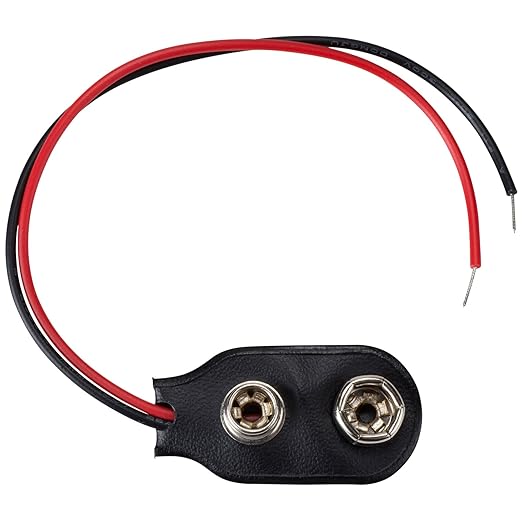Ah. And aah!
Sounds very special.
I suggest this: see if you can find an infra-red torch (ideally several) or a filter to fit a torch...
... or an IR security light, to take with you. They usually show a dim red glow (as the light output usually spreads into the visible spectrum slightly), but shouldn't be a nuisance. They'll be bright in the infra red though.
Here's a
randomly-picked example:
I think it's only 6cm diameter (ambiguous spec.!), so would fit in a pocket. It needs 12V and will flatten an AA-based battery fairly fast, because it's quite high current, but turn-on, snap, turn-off ought to work for ages (assistant to hold the lamp?).
You might use

with
and
to make a power pack for it, no switch necessary, but make sure you wire the plug to the press-stud lead the right way round!
There are plenty of others out there of similar design. Get something and experiment in the garden before the event or simply in a room with ordinary lights off. Check the angle of coverage of the lamp and what distance away the lamp needs to be for the best result. Also ask the experts if it'll be OK (I expect so, as most filming of turtles emerging is done using IR or visible red light).
Don't pay more than a pound for the press-stud connector - they should be pennies, and little more for the battery box. When you make it, sticky tape it into a fairly tough plastic bag,of some sort, so the contacts can't short out, and keep nothing else in that pocket, especially no loose change nor keys nor the lamp (if it has a metal case) nor the phone camera itself.
I think the only real obstacle will be how good the phone's IR filter is, and if those in charge will actually let you.
Hope it's as special as it ought to be!
E.
PS: The battery box needs eight AA cells (12V). You turn the lamp on or off just by plugging it in. I'd join a longer bit of cable to the battery press-stud wires (cut red and black to be different lengths by about 2" solder the extra length on (different lengths too) and carefully insulate the joins ideally with heatshrink pieces (use a hot-air paintstripper to shrink it, or just a candle flame. If there's a security camera company on the island, they might have the lamps.
Obviously, if doing this the pictures will either come out black and white or extremely red. You'll have to change them to black and white with a picture editor - Paintshop pro, Photoshop, gimp or another of your choice. I'd guess a grandchildrens' parent might do this for you! They _will_ be a bit noisy even then (speckled), because you're only providing light for 1/3 of the sensors (the red ones). The green and blue ones will just add noise, and those colours should be filtered out of the pictures before finally making them black and white for best results.
Bear in mind too that the lamp will swamp the natural moonlight etc. so it won't look very natural -- not like an out-of-doors picture in daylight, more like a flash picture.





































